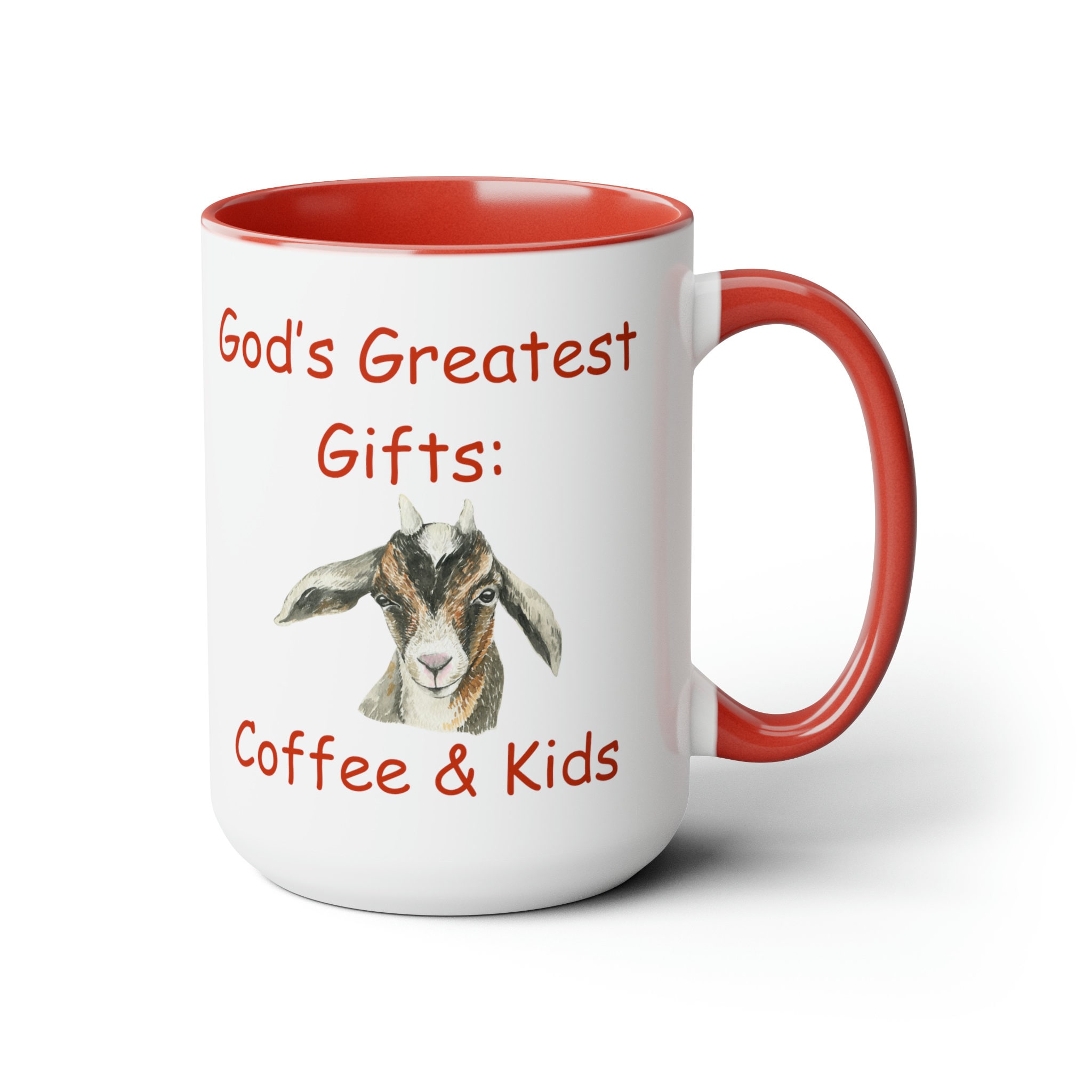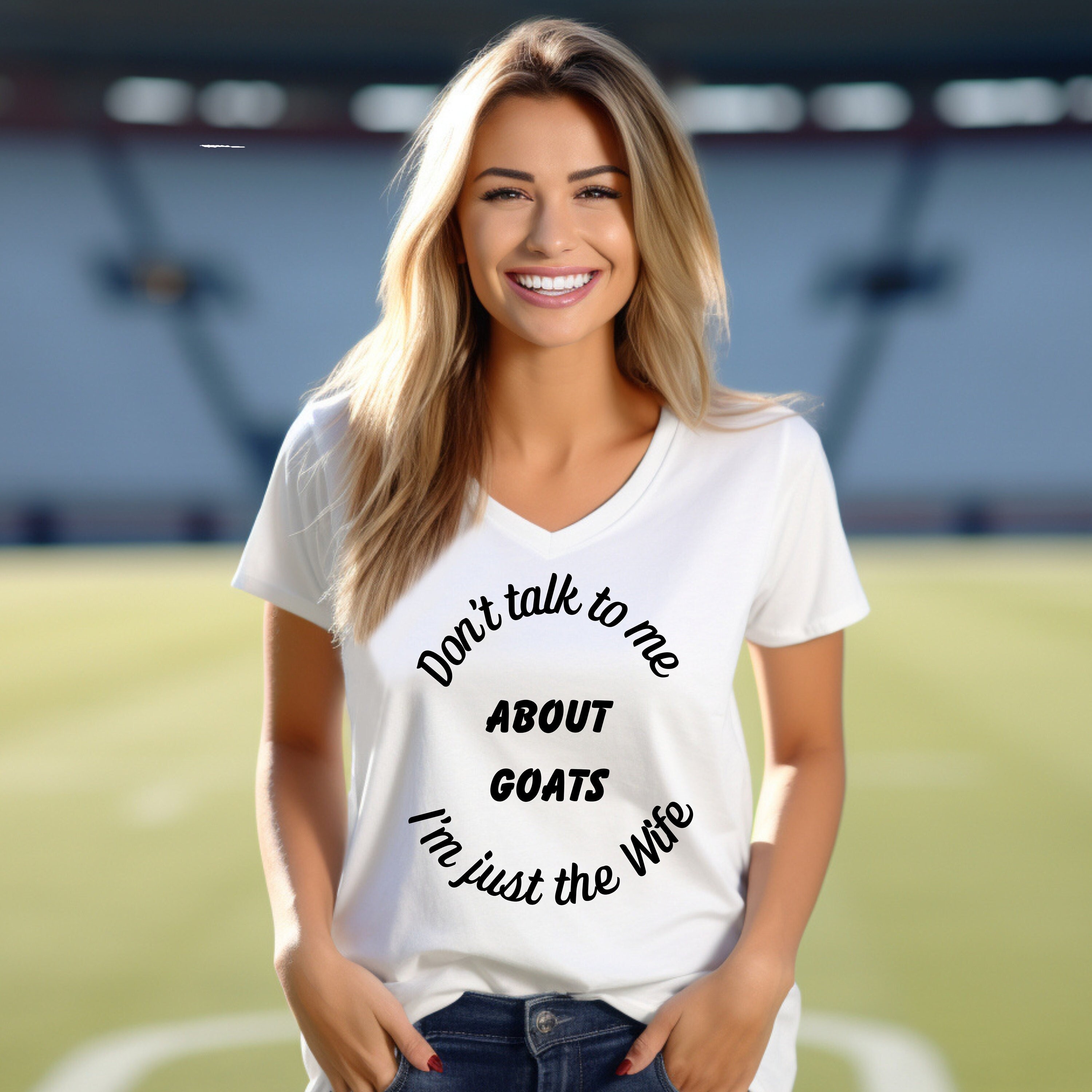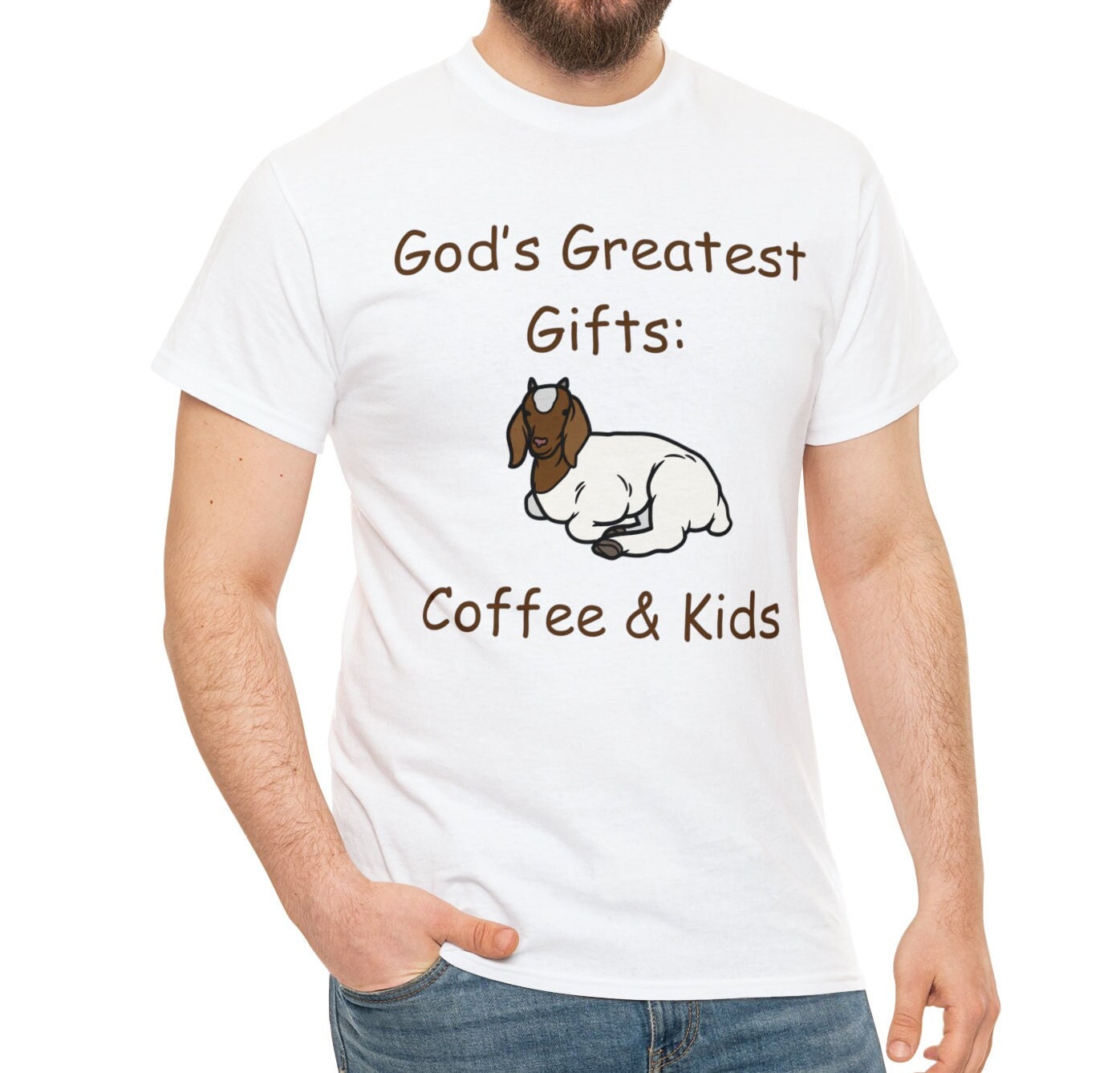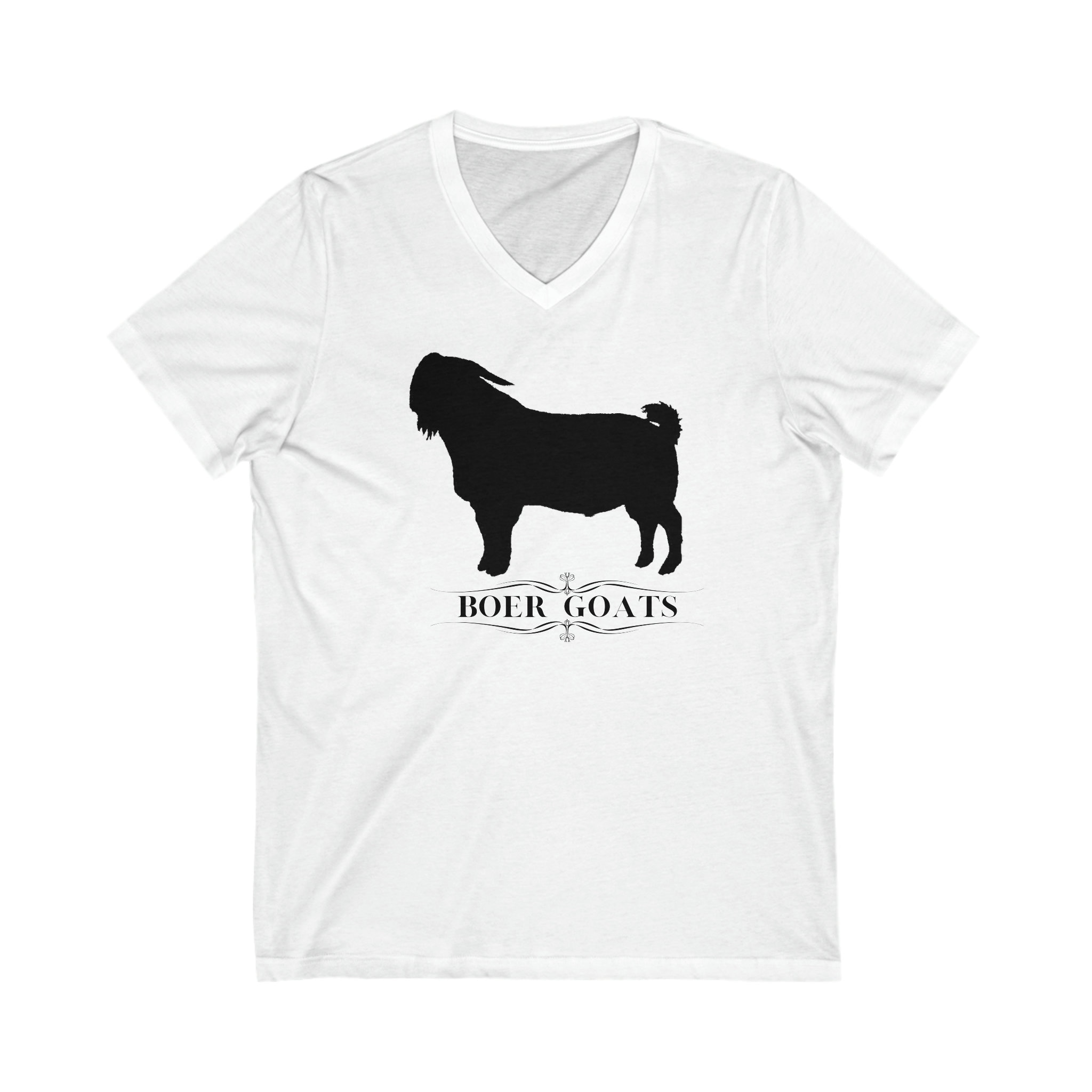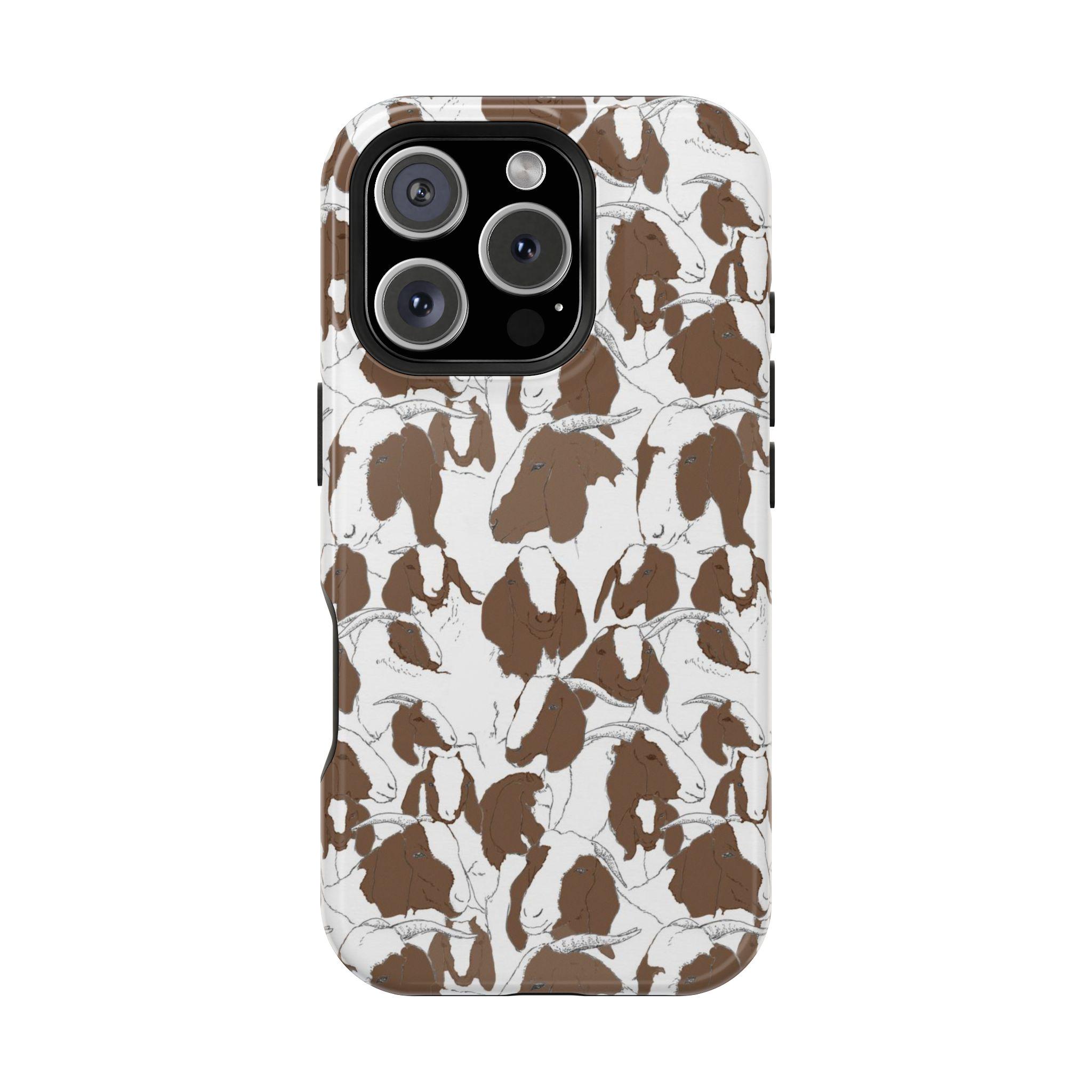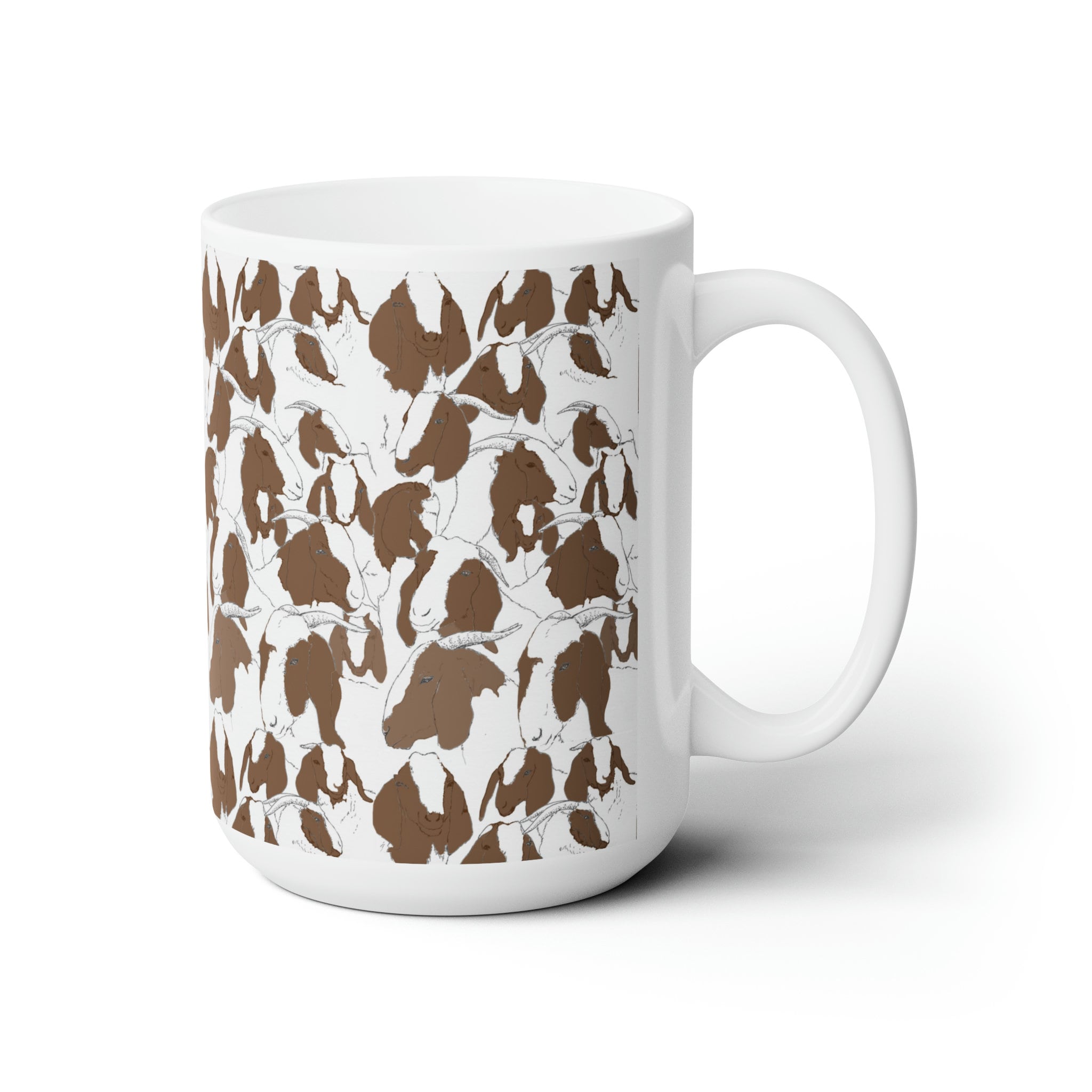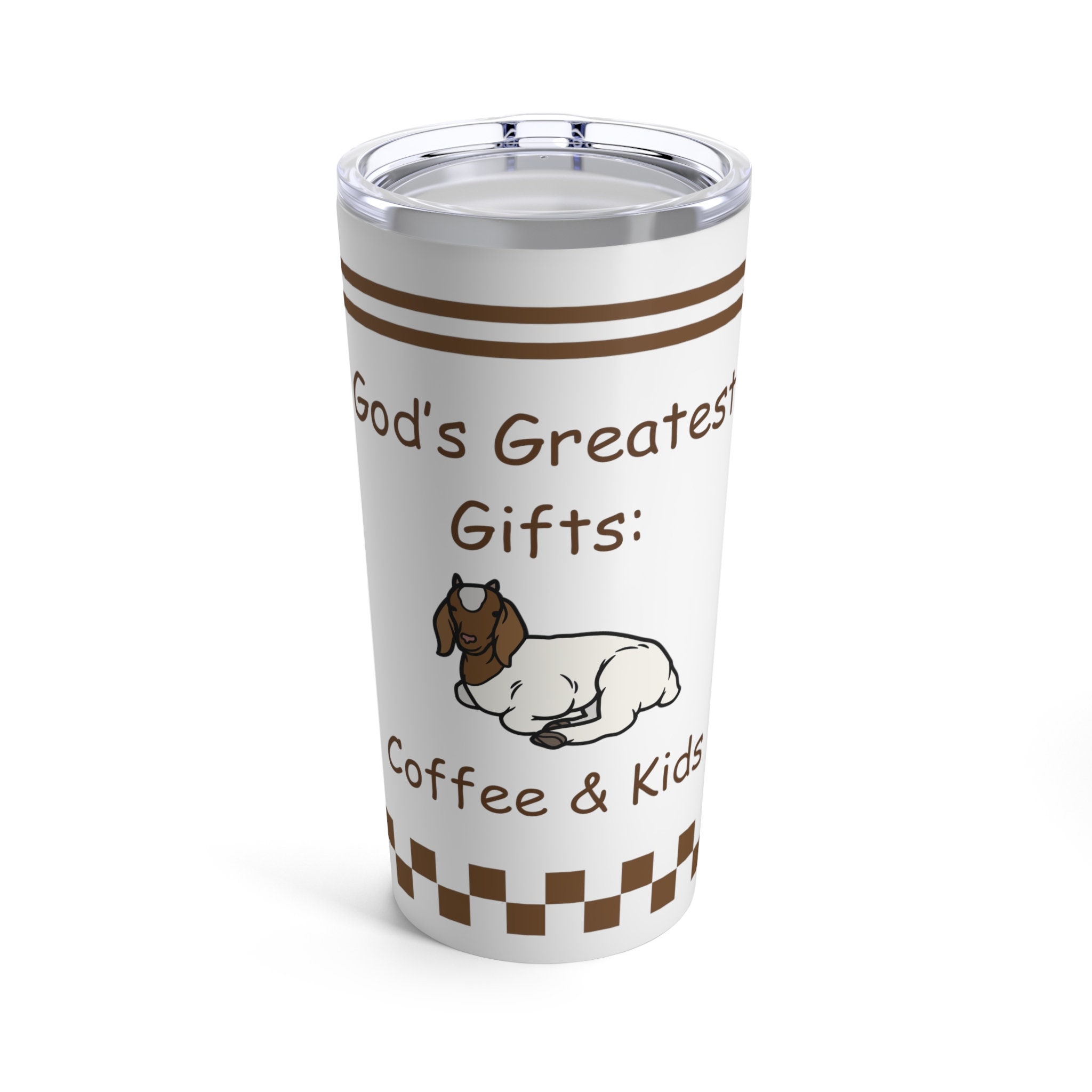What is a Genetic Flaw in a Meat Goat?
Genetic traits are passed from one generation to the next through genes. The study of genetics is fascinating, and much too complex to do it justice here. However, there are several very good books on the subject, some of them are bound to be available at your local library. I would suggest that you take some time and look it up. If a trait is only in one parent, it will probably show up in half the offspring. If it is recessive in one parent, it will still show up, as a recessive gene, in ¼ of the offspring. If you breed together two goats with a recessive gene, it becomes dominant in ¼ of the offspring. Goat people often say that recessive traits carried in the father will not show up until those kids have kids. In other words, much is blamed on the grandfather. If you look at the way genetics work, that might not be too far off.
It is also said that it takes three generations to breed out a trait. That would only be true if the trait is not carried as a recessive gene in each generation, in one or the other parent. In other words, it can be difficult to completely remove an undesirable trait from your herd, once you have it.
The next subject then becomes, what do you define as an undesirable trait? The judges whom I have consulted come from both Dairy and Boer goat judging backgrounds. The traits discussed below are things that will count against you in a show ring. It is very important not to get the show ring confused with the pasture! If you are raising meat animals, and you can purchase good meat stock for less money because it has some trait that the breeder sees as undesirable, but that you don’t see as a problem for your meat herd, it would be foolish not to purchase that animal! As a matter of fact, if you are putting together a meat herd and can do a larger portion of it with ‘flawed’ fullblood meat goats, you are going to have one great meat production herd! Just be sure the ‘flaws’ don’t get in the way of production, and you don’t sell your goats that carry these undesirable traits to people who are looking for breeding stock.
Now, do not go out and drown all your goats because you read in this book that something is a ‘flaw’! That is not why I am including this section. I am including it so that you, my reader, are educated. I want you to be able to make educated, informed choices, and buy that ‘flawed’ goat on purpose, not through ignorance. If you need to cull a ‘flawed’ animal, either educate your buyer about what he is buying, and why he might or might not want to buy it, or just butcher the animal. I would like to hear someday, that some producers of breeding stock stopped producing goats carrying ‘undesirable traits’ because they found out about them in this book.
Consider what you need and what will work toward your goals for your herd.
Color: Color is listed as an issue in most breed standards. It is also mainly a matter of taste. If you are breeding for expensive breeding stock, you must know what colors are acceptable to your breed, and breed for those colors exclusively. If you are raising meat, color makes no difference at all unless the meat market you are catering to requires some attribute that includes hair color.
Jaw: Problems with the jaw are important problems. Goats can be born with a face that doesn’t fit well together, or is twisted. They can also have a poor bite that does not allow them to chew properly. Goats do not have teeth on the upper jaw. They have a hard plate of gums. The teeth on the lower jaw are intended to cut against that hard plate like a pair of scissors. When you open the lips on a goat and look into her mouth, the teeth should meet the gums right on the edge, or they should scissor directly in front of the gums. The judges that I have consulted say that they allow a maximum of about 3/8 inch of space between the gums and teeth in an adult goat. The bite will change as a goat gets older. Generally, the lower jaw grows farther out in front of the gums (overshot). So young animals need to have good bites if they are going to compete when they are older.
Ears: The way an ear hangs, or the color of an ear, are factors of breed preference. Again, this may greatly affect your breeding stock, but it should not affect your meat herd. However, there is a genetic deformity where the ear is folded top to bottom all the way into the ear canal, in effect, nearly closing the ear. There is also a tendency in long eared goats to be born with ‘uterine molding’ that gives the ear a similar appearance to an ear with the actual deformity, but which is not actually a defect. If you can open the ear at birth and flatten it out along the side of the kid’s head, it is uterine molding. Consequences to a meat herd with deformed ears? Moisture and bugs might get trapped in the ear causing infections.
Flaws of the front end assembly: There are several ‘flaws’ concerning the way the shoulders and chest are put together. If the shoulder blades are not snug into the body, the goat walks with a sort of unhinged gait. If the condition is too pronounced, the goat may have trouble getting back and forth to the pasture. The chest and heartgirth can be too narrow, or actually appear ‘caved in’. Meat goats should have deep, broad chests to have the lung capacity to walk back and forth to pasture, and to carry more width through to the loin and the hind quarters.
Loin: The loin is the most important cut of meat. Therefore, it is important that the loin be long and wide. Now, if you are not raising show stock, can you have some goats with short, wide loins and some with longer loins? Of course! Does that doe with the short loin go out every year and bring in two big kids for the market? Does your buck have a longer loin to compensate?
Legs: Goats walk on their legs so, in my opinion, legs need to be right. Some goats have knock knees in the front. Other goats have rear legs that are ‘posty’ in the hock. A ‘posty’ leg is one that is not bent at all in the hock when the goat is standing naturally. When a goat gets older, or is in the last month of her pregnancy, a ‘posty’ leg may actually try to bend the wrong way at the hock. Either knock knees or posty hocks may make it difficult for your goats to walk long distances.
Teats: Boer goats generally have four teats. They were originally bred to raise high multiple kids, and have enough teats to take care of them. There is nothing wrong with four teats, in a Boer! (Six or eight teats are not good.) However, there is a ‘flaw’ where two teats are so close together that they actually come out of the body on one base, and split at the end of the teat. This is called split teats, or fish teats (because the teat resembles a fish tail). This condition is not acceptable in the show ring, and may have some repercussions in the pasture as well. The theory suggests that either kids might not be able to get their mouth around the teat at all, or they may suck on one half of the teat while the other half drips milk into their nose.
Split Scrotum: Some bucks have a solid bag or scrotum around their testicles, and others have a split in the bag between the testicles. Some breeders say that a split scrotum allows the testicles to stay cooler, increasing fertility. Other breeders say that ticks and insects will lodge in the split causing the buck a very painful death. At this point, the show ring in the United States is allowing a 1 inch split in the scrotum of an adult buck. Are you raising show stock? Do you live in an area that has a lot of ticks?
Low Fertility and Non-Breeders: Poor breeders or sterile goats are very rare. For some reason, some of the first Boers to come into this country carried this very serious ‘flaw’. I don’t hear much about them any more, but I’m sure you will agree with me when I suggest that if you have meat goats that consistently produce non-breeders, you need find out who is carrying the gene and make some nice Chevon steaks with the offender.
Excerpt from Raising Meat Goats for Profit by Gail Bowman. May NOT be reproduced in any form without written permission from the author.

